Chimineas, with their origins in southern Mexico among Mayan tribes , have transcended centuries, evolving from simple clay structures to durable metal forms. Initially designed as essential items for cooking and heating, they played a central role in domestic life, fostering communal gatherings around their warm glow. These traditional vessels were crafted from locally-sourced clay and served multiple purposes, including baking bread and repelling insects. As they spread northward, material innovations allowed for enhanced durability and design diversity, maintaining their iconic shape while adapting to modern needs . Today, they not only embody a rich cultural heritage but also cater to contemporary outdoor living enhancements, continuously evolving to meet diverse aesthetic and functional demands.
Historical Roots of Chimineas
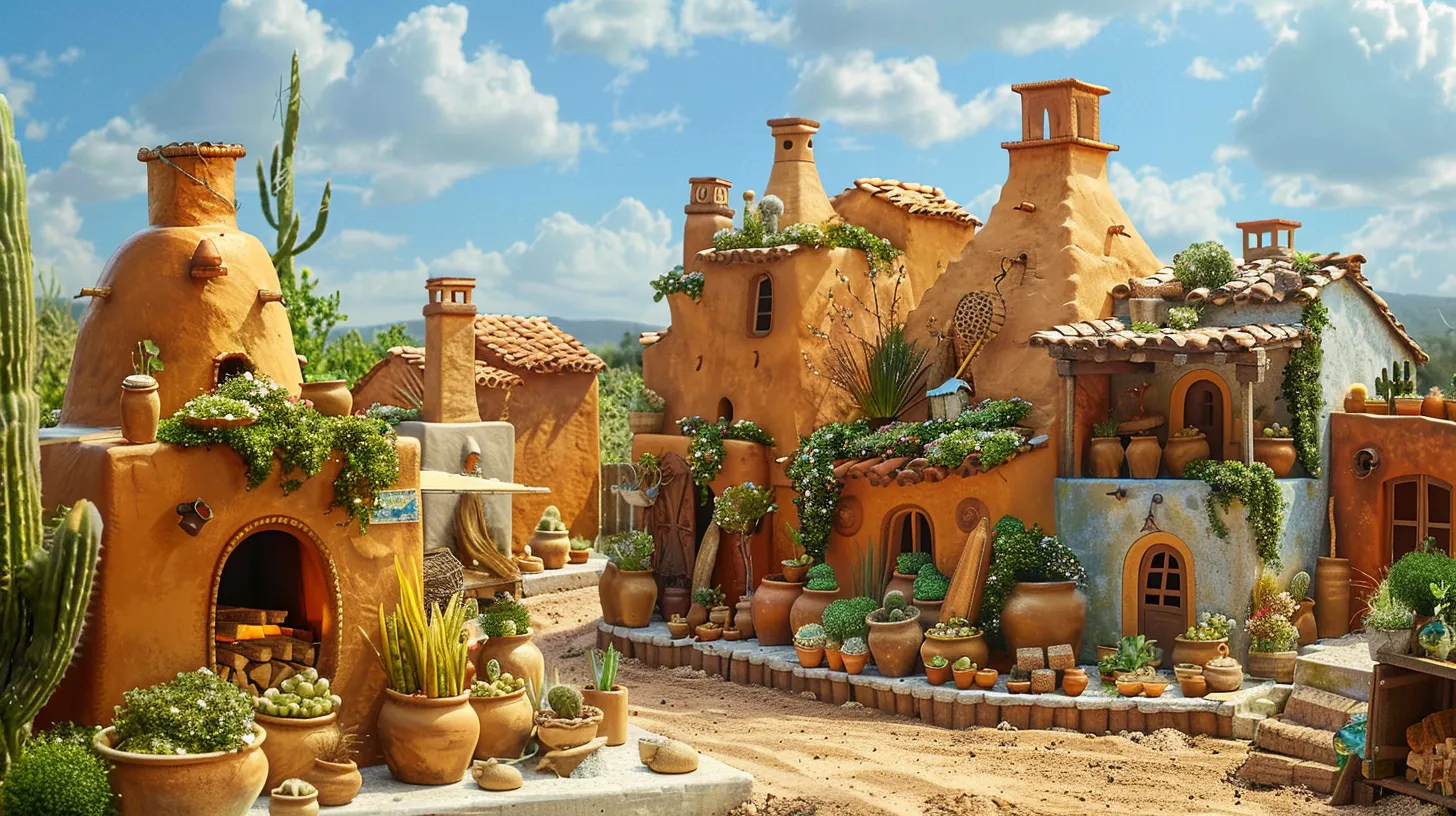
How did the traditional chiminea , an essential feature of outdoor living, originate in the depths of southern Mexico among Mayan tribes ? The inception of the chiminea is deeply rooted in practicality and survival. Initially crafted from the wet clay found in local caves, these early versions were primarily used for heating their clay homes during cooler temperatures and for cooking daily meals. The design, a wide-bottomed vase with a narrow, vertical chimney , was ingeniously conceived to draw fresh air into the fire at the base while projecting smoke upward and outward, minimizing smoke inhalation and maximizing heat retention.
As the concept of the chiminea spread northward, the materials and construction evolved in response to varying climates and technological advancements. The introduction of cast iron as a material for crafting chimineas marked a significant evolution. Cast iron chimineas emerged as a durable alternative to their clay counterparts, better suited to withstand the elements without cracking. This adaptation meant that chimineas were not only used for heating but became a more permanent fixture in outdoor spaces, enhancing their utility for both heating and cooking across diverse environments .
Traditional Uses and Benefits

Building on their historical development, chimineas were not only architectural feats but also served multiple practical purposes in daily life. Originating as bread ovens for town-dwelling Mexicans, these unique structures exemplified versatility within culinary applications . The primary function of traditional chimineas extended to heating homes during the cool desert nights, thereby providing essential warmth and comfort to households. Their capability as radiant heaters highlights their efficiency in distributing heat evenly in an outdoor setting.
Moreover, chimineas were adeptly used for making flatbread, illustrating their dual role as both heating elements and cooking appliances. This multipurpose use not only saved resources but also enriched the culinary traditions of the communities that used them. Additionally, the simple yet functional design of chimineas made them effective as insect repellents , adding another layer of practicality to their use in daily life. This feature was particularly valuable in enhancing the living conditions by reducing the presence of pests around living spaces.
Material Evolution Over Time
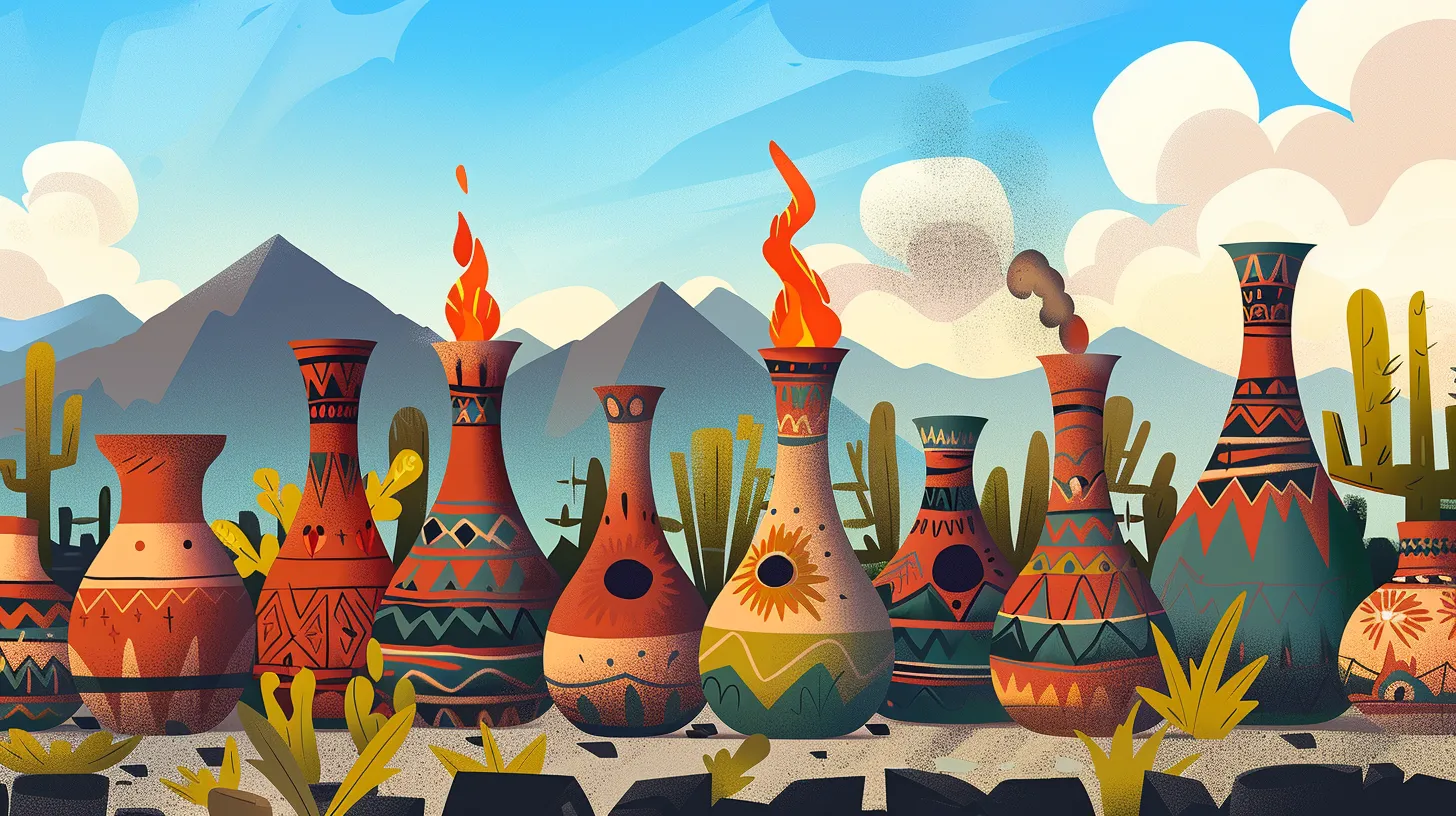
Over the years, chimineas have undergone significant material transformations, evolving from traditional clay to modern metals such as cast iron , aluminum, brass, and stainless steel. Originally, early chimineas in Mexico were crafted using wet clay extracted directly from local caves. This raw material was then skillfully shaped and fired in kilns at temperatures soaring above 1,800 degrees Fahrenheit, a method that underscored the artisanal nature and regional specificity of these traditional heating structures.
The shift from clay to metals such as cast iron and aluminum marks a significant change not only in materials but also in manufacturing techniques and durability. Metals offer enhanced weather resistance and durability compared to their clay counterparts, addressing one of the primary limitations of traditional chimineas. In addition, the introduction of metals has allowed for more intricate designs and finishes, including decorative paint effects that were not feasible with the earlier clay versions.
Despite these material changes, the quintessential design of chimineas, characterized by a pot-belly base and an elongated chimney, has consistently been preserved. This retention of design underscores a balance between innovation in materials and the preservation of traditional aesthetic values in chiminea construction.
Cultural Significance Explored
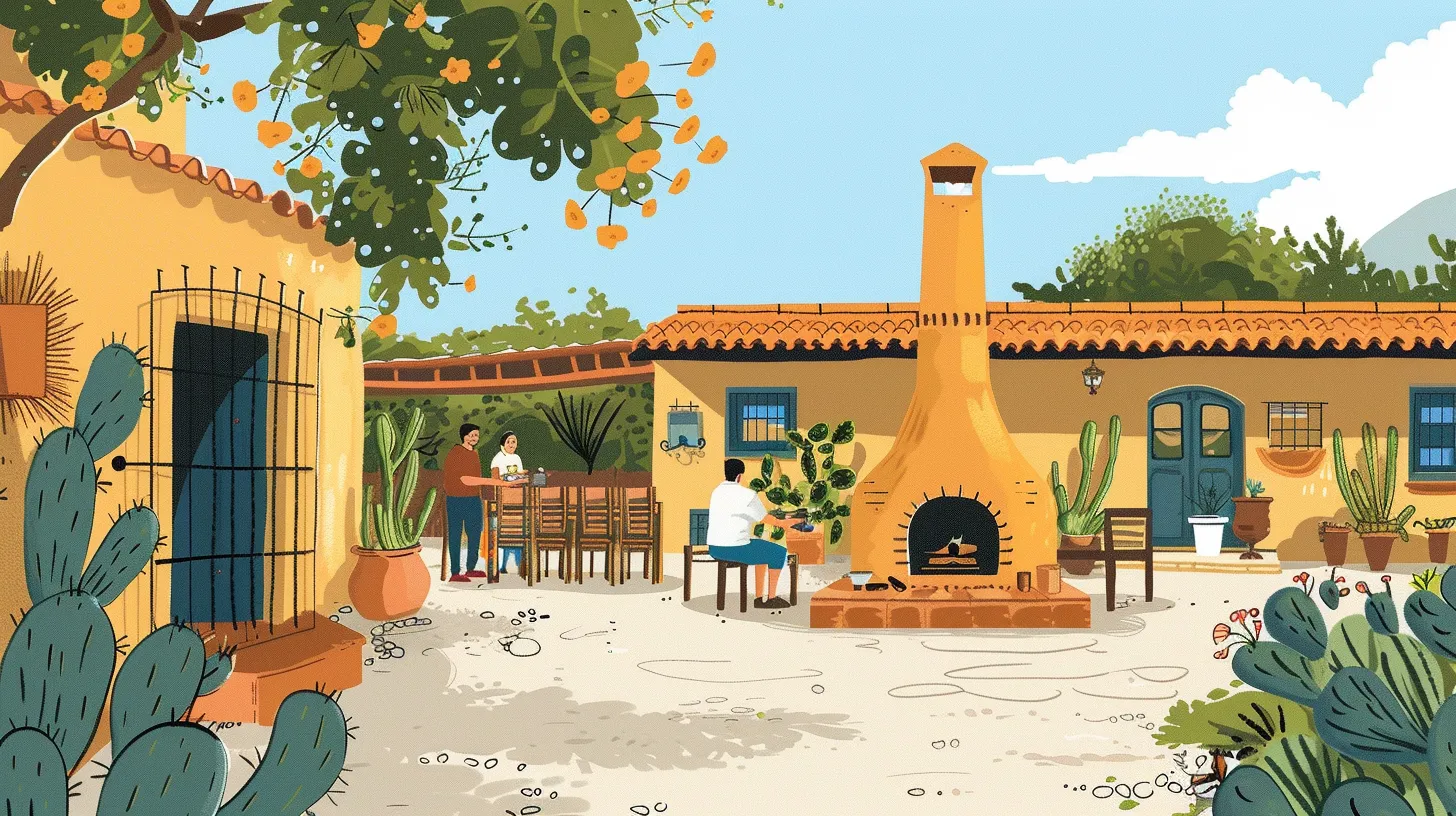
Chimineas hold a revered place in Mexican culture, originally crafted by Mayan tribesmen for a variety of essential daily activities. These traditional clay structures were not only central in daily living for heating and cooking but also served as communal gathering spots where families and neighbors would unite and share stories. The methodical process of making chimineas involved trampling clay until it was perfectly smooth, shaping it into the distinctive pot-belly base with a narrow neck and chimney, and then firing it in a kiln at high temperatures to guarantee durability.
This meticulous craftsmanship reflects the deep cultural roots and the utilitarian philosophy of the Mayan people, emphasizing the chiminea's role beyond mere functionality to a symbol of home and community. In towns across Mexico, these were commonly used as bread ovens, underscoring their integral role in daily sustenance and social life. The distinct design of chimineas, combining practicality with aesthetic simplicity, highlights their enduring significance in Mexican culture, serving as a proof of the ingenuity and cultural values of the communities that originated them.
Modern Adaptations and Innovations
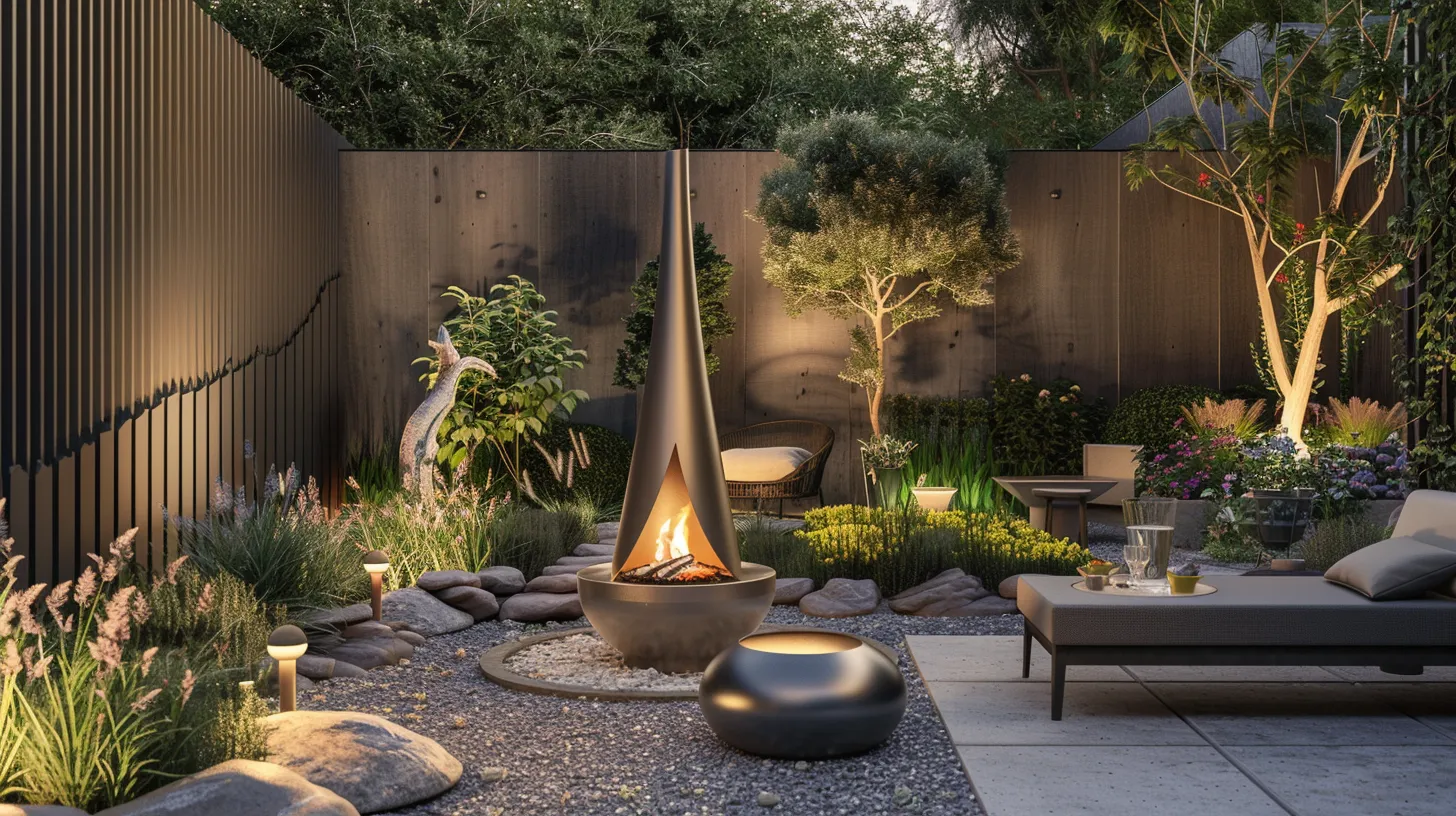
As technology advances, modern chimineas have evolved to feature a range of materials and innovative designs that enhance their functionality and aesthetic appeal. Gone are the days when clay was the sole material used; today, manufacturers craft chimineas from metals such as cast iron, cast aluminum, brass, and stainless steel. These materials not only offer robustness but also bring a modern twist to the traditional design, fitting seamlessly into contemporary outdoor decor.
Enhancements in design have also led to improved air circulation systems within these structures, allowing for a more efficient and cleaner burning process. This innovation addresses one of the fundamental functional aspects of chimineas, making them more environmentally friendly and easier to maintain. Additionally, the adaptability of modern chimineas has increased with the introduction of portable and lightweight models . These versions are particularly appealing to users who favor flexibility and the option to rearrange their outdoor settings without hassle.
Furthermore, today's chimineas often come equipped with practical accessories such as cooking grills and spark screens. These additions not only increase the safety of using chimineas but also extend their utility beyond mere heating, transforming them into multi-functional units that enhance outdoor living spaces.
Maintenance and Care Tips
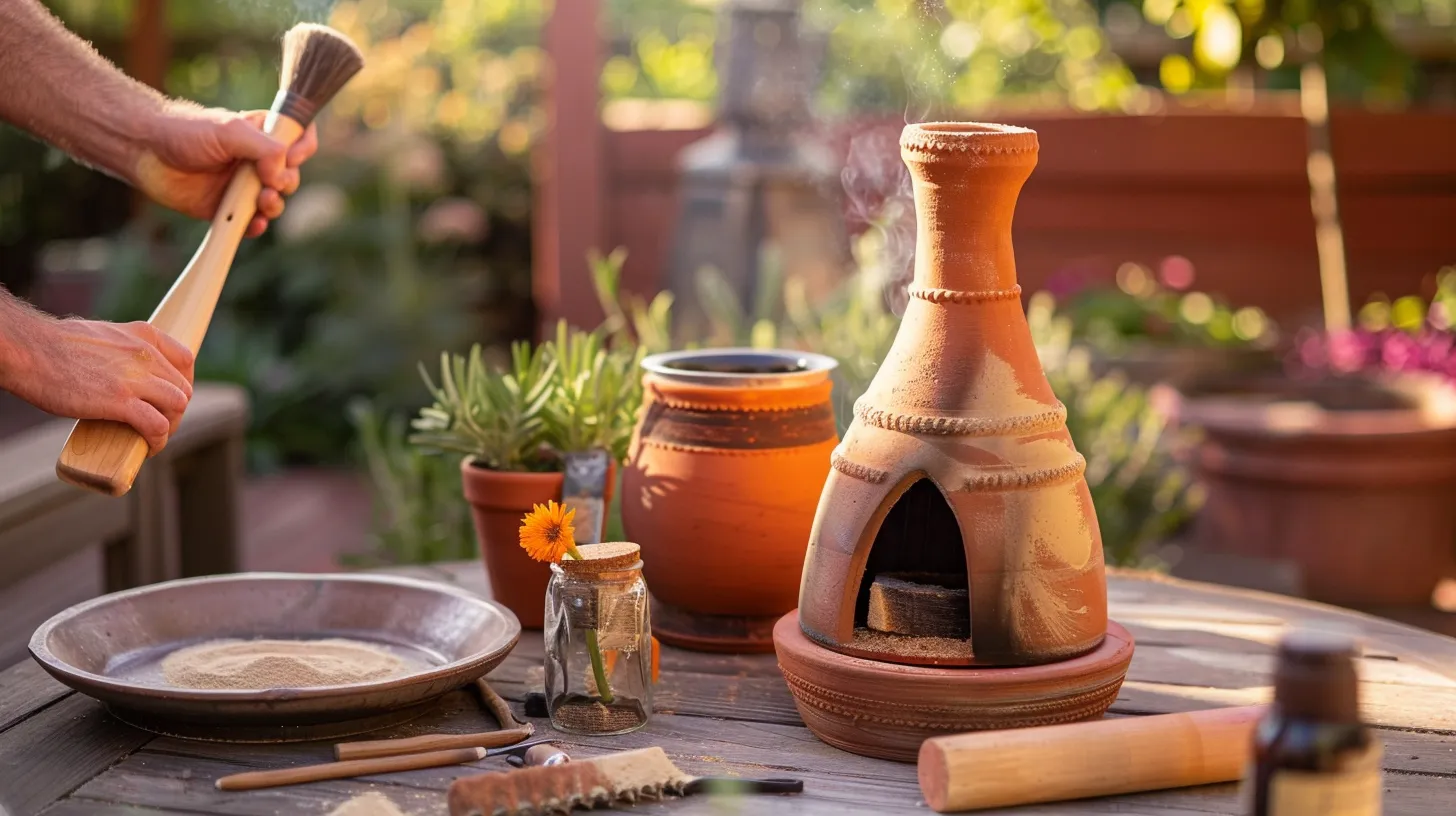
To guarantee the longevity and peak performance of your chiminea, regular maintenance and proper care are essential. Regular cleaning is important to prevent smoking issues that can detract from the efficiency and enjoyment of your chiminea. It is important to make sure that the firewood used is stored in a dry place, as damp wood can lead to excessive smoke and quicker deterioration of the chiminea structure.
Moreover, it is critical to inspect your chiminea routinely for any signs of cracks or wear. Promptly repairing these defects is crucial for maintaining the structural integrity of the chiminea and ensuring its continued use. Adhering to the manufacturer's guidelines for maintenance not only helps in preserving the quality of your chiminea but also ensures that it operates at its best.
Additionally, keeping the chiminea dry when not in use is important. Exposure to the elements can accelerate wear and damage, shortening the life of the chiminea. By covering the chiminea or storing it in a sheltered location, you can protect it from weather-related damage and greatly extend its usability. These simple but effective care tips can greatly enhance the experience and lifespan of your chiminea.










